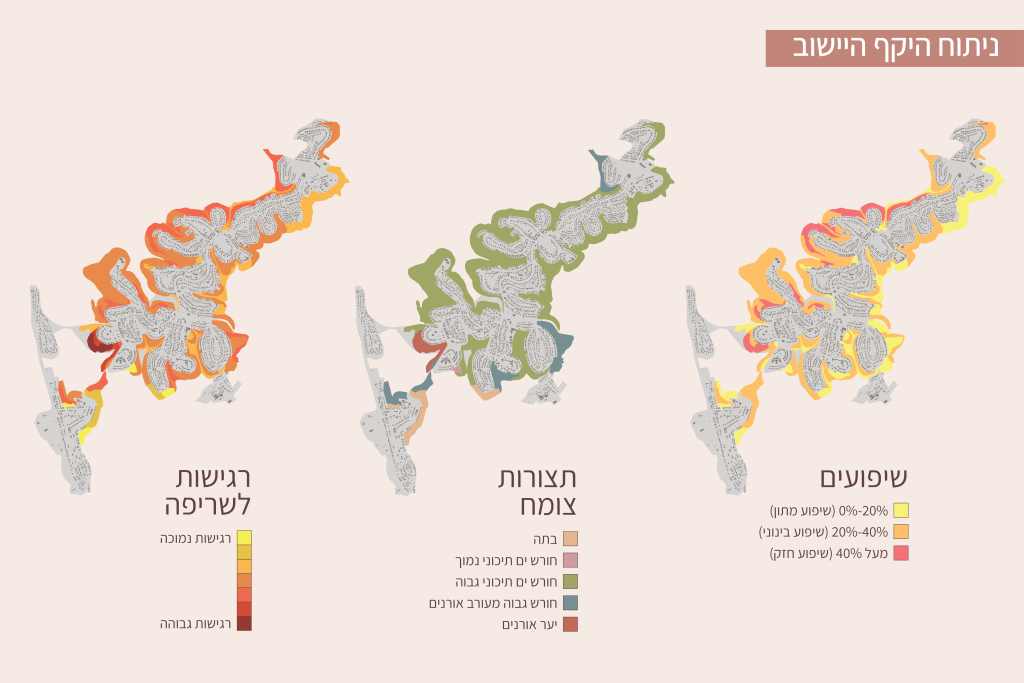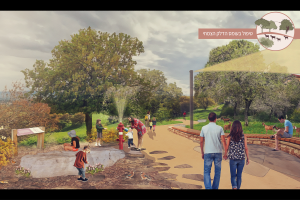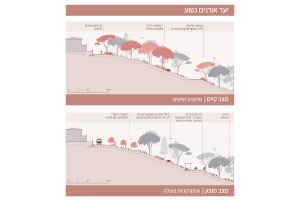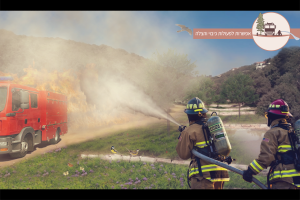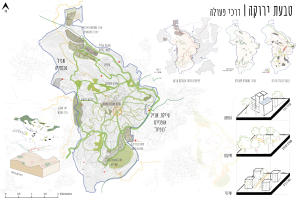Breaking the Firebreak: Community Wildfire Protection Plan
Wildfires have shaped the Earth’s landscape for millions of years, but their severity and frequency increase as climate change makes areas warmer and drier. The fire season, which was previously limited to the summer months, now continues through most of the year, causing large emissions of CO2 and damage to natural and built environments. As the problem worsens, more communities find themselves under immediate fire danger.
In Israel alone, there are about 450 cities under fire risk. This project will focus on Kiryat-Tiv’on, which has about 20 km of contact line between the urban area and the open areas, including areas of Mediterranean forests, natural oak forests, and planted pine forests. Past attempts to propose a fire protection plan for Tiv’on failed. They followed the National Fire and Rescue Authority’s regulations, proposed a uniform solution for the entire town’s edge without considering the characteristics of the various areas, and focused on massive tree removal. Tiv’on’s residents, a strong community with a high environmental awareness, opposed the plan and managed to prevent it.
As part of the project, I will examine the Israeli regulations for protecting communities near forests from wildfire and the factors that influence the development of a fire. Accordingly, I will offer a renewed look at the concept of “firebreaks” and the planning of the town’s edge in a way that combines fire protection considerations with those of nature, landscape, and community aspects. The main challenge is developing different strategies to deal with fires in different areas around the town, accounting for their physical characteristics, vegetation type, and social situation. The proposed firebreak will play a dual role and be used by the area’s residents both in times of emergency and as a place for public programs. The proposed plan will strengthen the connections between the town and the open areas through a network of roads, connecting the town’s public spaces with the forest around it. Success in the implementation of the project can be a model for edge planning in other cities near forests.





